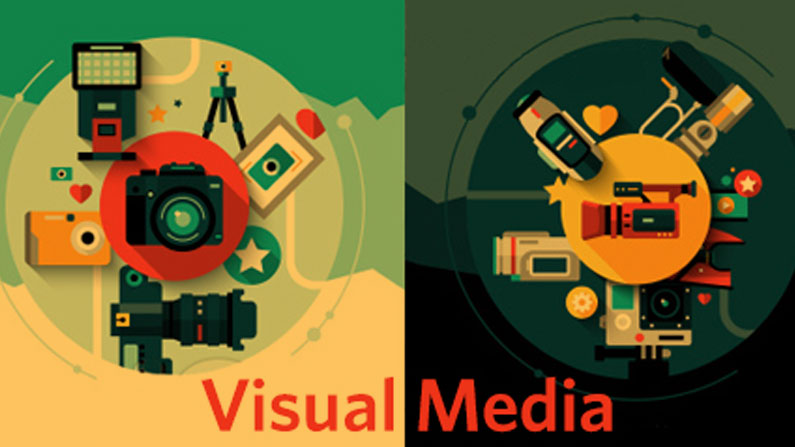Humans respond to visual stimuli; we’re hardwired that way. Marketers have long relied on our penchant for interesting things to look at, and they’ve even used it to arrange textual content. Visual content—infographics, videos, images, and slides—is not new to marketing strategy. As social media platforms open up to allow visually-based content, such as videos and technology, to become more sophisticated, marketers have more opportunities to present content that is more complex, more targeted to an audience, and more engaging than ever before. Knowing how to use this to your branding advantage gives you an edge over your competition.
Visual Content Brand Marketing by the Numbers
If you aren’t convinced visual content can boost your branding, let the numbers tell the story.
- 94%—How many more views articles and posts containing images get, compared to those without images
- 63%—Portion of social media that is comprised of images
- 150%—How many more tweets with images get retweeted, over those without images
- 60,000—How many times faster the brain processes visual content versus text visual media and SEO
There are times when text-only content is preferable, even necessary, but for the most part, you should integrate visual content into your text. Doing so gives your content texture that draws the eye, engages, and helps your site visitors connect better with your brand. However, failing to utilize good SEO practices with your visual content, will undermine your marketing efforts.
Search optimized visual content best practices include:
- Keywords in the file name, meta data, and captions
- Images that are sized correctly so they don’t slow the loading of the site
- Having descriptive file names
- Using CTAs (retweet, share, follow)
- Use of relevant hashtags
- Use of video
- Targeting certain users or groups
- Limiting the number of characters when posting on social media
Visual Content Branding Best Practices
While visual content can strengthen your branding, failure to use it effectively can render it virtually useless. A well-defined brand image is accomplished through great design, sharp focus, and a visual strategy that is carefully planned and consistent in quality and content. These visual content branding best practices can help:
- Complement visual content with text
- Keep your visual brand consistent
- Use infographics to convey heavy, or dense data
- Use video for introducing your company, for describing your products or services, for sharing testimonials, and for conveying company values
- Use high quality images and video that are relevant to the text or post
- Get serious about social media, and use it to its fullest extent
- Create images, graphics, and videos that spark curiosity
- Create headlines for your images, graphics, and videos that spark curiosity
- Customize your visual content
- Combine visual content with personalized engagement content for optimal response
Visual content opens a whole new world of communication with your customers and prospects. It can define your brand and create a lasting impression on anyone who comes in contact with it. Visual content has a great deal of power; wield it with care and discipline.































